The fentanyl scourge
Overdose deaths from the powerful, easy-to-produce drug have soared. How did this happen?
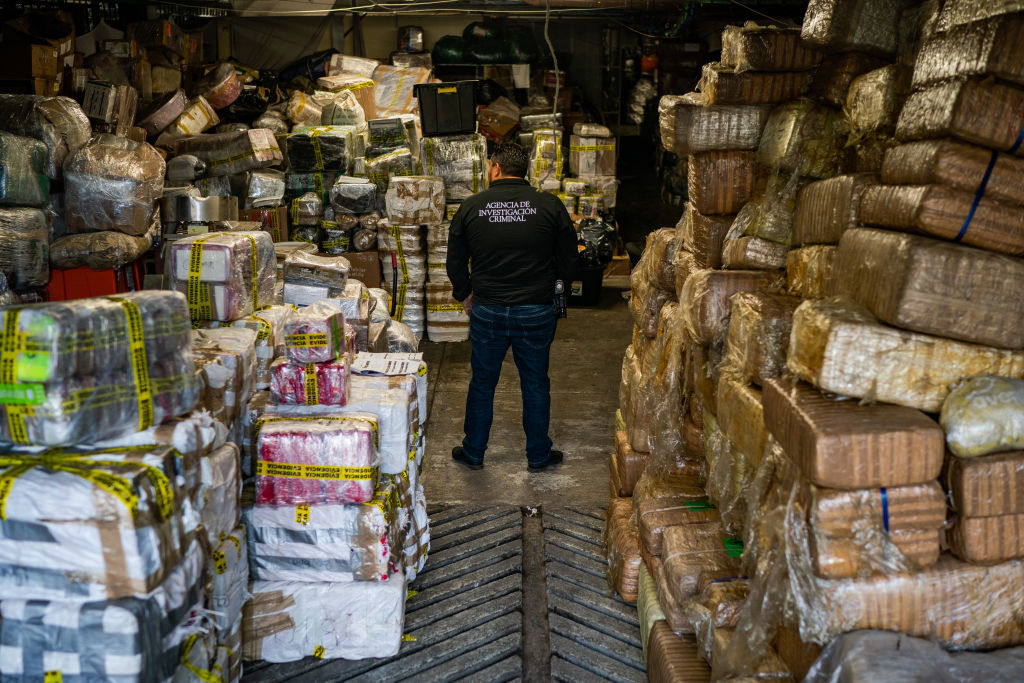
Overdose deaths from the powerful, easy-to-produce drug have soared. How did this happen? Here's everything you need to know:
How dangerous is fentanyl?
Developed in 1960, the synthetic opioid is still used as a prescription painkiller through controlled-release patches, pills, lozenges, and sprays. But in its illicit form, it is purer, highly addictive, and often lethal. A narcotic 50 times more potent than heroin, fentanyl can kill in doses as small as 2 milligrams — an amount that could fit on a sharpened pencil tip. Fentanyl was responsible for two-thirds of the more than 107,000 fatal overdoses in the U.S. in 2021. More Americans ages 18 to 49 die of fentanyl overdose than from any other single cause. "It is a new, deeper, more deadly threat than we have ever seen," said Anne Milgram of the Drug Enforcement Administration. "Just one pill is dangerous."
How did it become so prevalent?
The drug is extremely strong, fast-acting, and easy to make. Some of its precursor chemicals are widely available because they're also used in the manufacture of other drugs, pesticides, and soap. In the 2010s, federal officials cracked down on the proliferation of prescription opioids after overdose deaths caused by them rose from 3,442 in 1999 to nearly 17,000 in 2017. Addicts sought highs elsewhere — first through heroin, then fentanyl, which produces an even more powerful state of euphoria at a much lower cost and usually does not require the use of needles. Officials were slow to recognize the threat, but from 2017 to 2022, the amount of fentanyl seized by border officials jumped ninefold. The 16,200 pounds intercepted last year, officials say, is likely only 5 to 10 percent of the total that makes it across. During the stress and widespread unemployment of the pandemic, demand for the drug surged. Nine million Americans abused opioids in some way in 2020, according to the Department of Health and Human Services. Overdoses from synthetic opioids jumped 56 percent.
The Week
Escape your echo chamber. Get the facts behind the news, plus analysis from multiple perspectives.

Sign up for The Week's Free Newsletters
From our morning news briefing to a weekly Good News Newsletter, get the best of The Week delivered directly to your inbox.
From our morning news briefing to a weekly Good News Newsletter, get the best of The Week delivered directly to your inbox.
Where is fentanyl coming from?
From 2014 to 2019, most of it was brought in from China, sometimes in small packages sent through the mail and sometimes smuggled across land borders by Mexican cartels. Since then, though, the Sinaloa and Jalisco New Generation cartels have cut out the middlemen, making their own fentanyl powder and pills with raw materials from China and India. Less than 1 percent is smuggled north by individual migrants, the Cato Institute says; most of it is tucked into elaborate hiding places inside the roughly 80 million cars and trucks that cross the border legally every year at checkpoints, with U.S. citizens doing much of the smuggling. Only about 1 percent of cars and 6 percent of trucks are searched, because of volume and manpower constraints. In the U.S., drug dealers often mix fentanyl with other drugs such as heroin and cocaine, whose highs it intensifies; sometimes fentanyl is sold as itself, including in "rainbow fentanyl" tablets made to look like candy and marketed to teens.
What is the impact of these tablets?
More than 1,800 Americans ages 10 to 19 died of a fentanyl overdose between 2019 and 2021. Some obtained the drug via social media dealers, thinking they were getting bootleg versions of Xanax, Percocet, Adderall, or other prescription meds. University of San Diego professor Tim Mackey, who tracks the drug trade on social media via artificial intelligence, detects 10,000 new drug-related accounts each month. Last week, a congressional roundtable focused on the role of Snapchat — a platform where encrypted, temporary visual messages allow dealers to operate covertly — in the youth fentanyl crisis. Zach Didier, a 17-year-old Eagle Scout, bought what a Snapchat dealer advertised as Percocet tablets in 2020 but was actually fentanyl; he died shortly after taking two. "You think if there's a problem, you'll see red flags," said Laura Didier, his mother. "But that's old thinking about drug behavior. This can happen so quickly."
Can anything be done?
At Congress' direction, border agents are installing $480 million worth of high-energy scanners to detect "anomalies" in vehicles crossing the border in the hope of catching more fentanyl smugglers. The Biden administration, meanwhile, has adopted some public health officials' call for a "harm reduction" strategy, making the prevention of death a priority. That includes providing medications such as methadone, buprenorphine, and naltrexone to help treat opioid addiction, and training people in the use of naloxone to save people from overdoses. Some government agencies also are providing test strips that let people check other drugs for the presence of fentanyl. But those strips are banned in 20 states, and critics claim they only further encourage drug use. Meanwhile, a more definitive solution remains out of reach. "Our drug-control strategy is an embarrassment," said John P. Walters, who served as drug czar under the Clinton and Bush administrations. "It doesn't begin to propose a way of reversing this problem."
The skin contact panic
In 2016, the DEA published a warning that fentanyl could be "absorbed through the skin." Since then, videos of police struggling to breathe after touching confiscated fentanyl circulated on local news and social media. But toxicologists say these apparent overdoses are bogus. Even if a person's hands were covered in transdermal fentanyl patches, according to a 2017 joint report from the American College of Medical Toxicology and the American Academy of Clinical Toxicology, it would take 14 minutes of sustained contact for even a tiny, nonfatal amount of fentanyl to get through. The report's authors stressed that it was highly unlikely that anyone could absorb dangerous amounts of fentanyl from skin contact alone. Instead, they say, sensationalized claims about fentanyl have likely gotten into the heads of some first responders. A 2021 research paper in the International Journal of Drug Policy points out that the symptoms displayed in the videos more closely match typical responses to acute anxiety than an opioid overdose. "Reports involving first responders who sought medical care following exposure generally did not find opioids in their system," said medical writer and former Baltimore Health Commissioner Dr. Leana Wen. "Much of the time, their symptoms were consistent with panic attacks."
A free daily email with the biggest news stories of the day – and the best features from TheWeek.com
This article was first published in the latest issue of The Week magazine. If you want to read more like it, you can try six risk-free issues of the magazine here.
-
 Joanna Trollope: novelist who had a No. 1 bestseller with The Rector’s Wife
Joanna Trollope: novelist who had a No. 1 bestseller with The Rector’s WifeIn the Spotlight Trollope found fame with intelligent novels about the dramas and dilemmas of modern women
-
 Codeword: December 20, 2025
Codeword: December 20, 2025The daily codeword puzzle from The Week
-
 Sudoku medium: December 20, 2025
Sudoku medium: December 20, 2025The daily medium sudoku puzzle from The Week
-
 A fentanyl vaccine may be on the horizon
A fentanyl vaccine may be on the horizonUnder the radar Taking a serious jab at the opioid epidemic
-
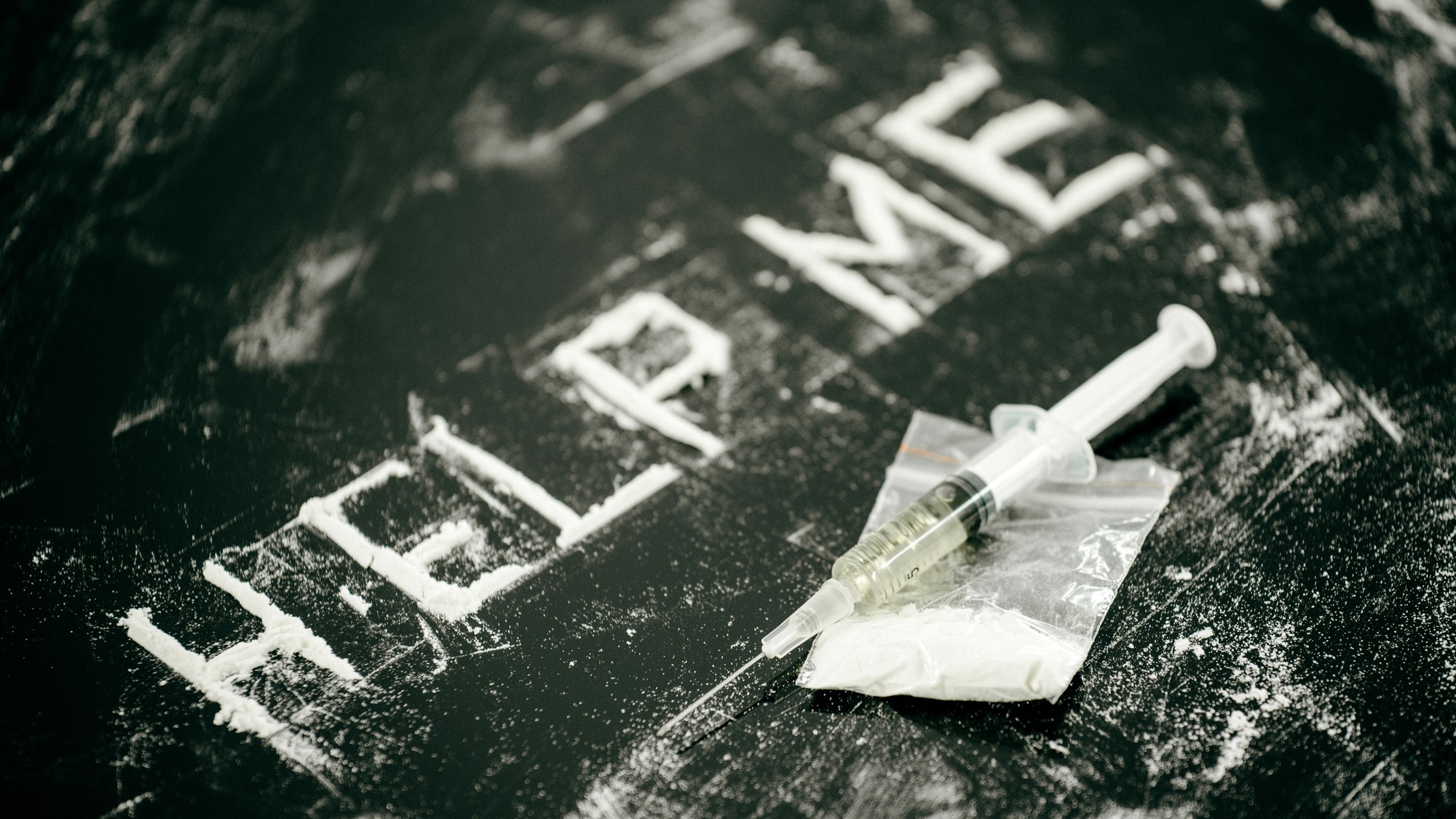 Nitazene is quietly increasing opioid deaths
Nitazene is quietly increasing opioid deathsThe explainer The drug is usually consumed accidentally
-
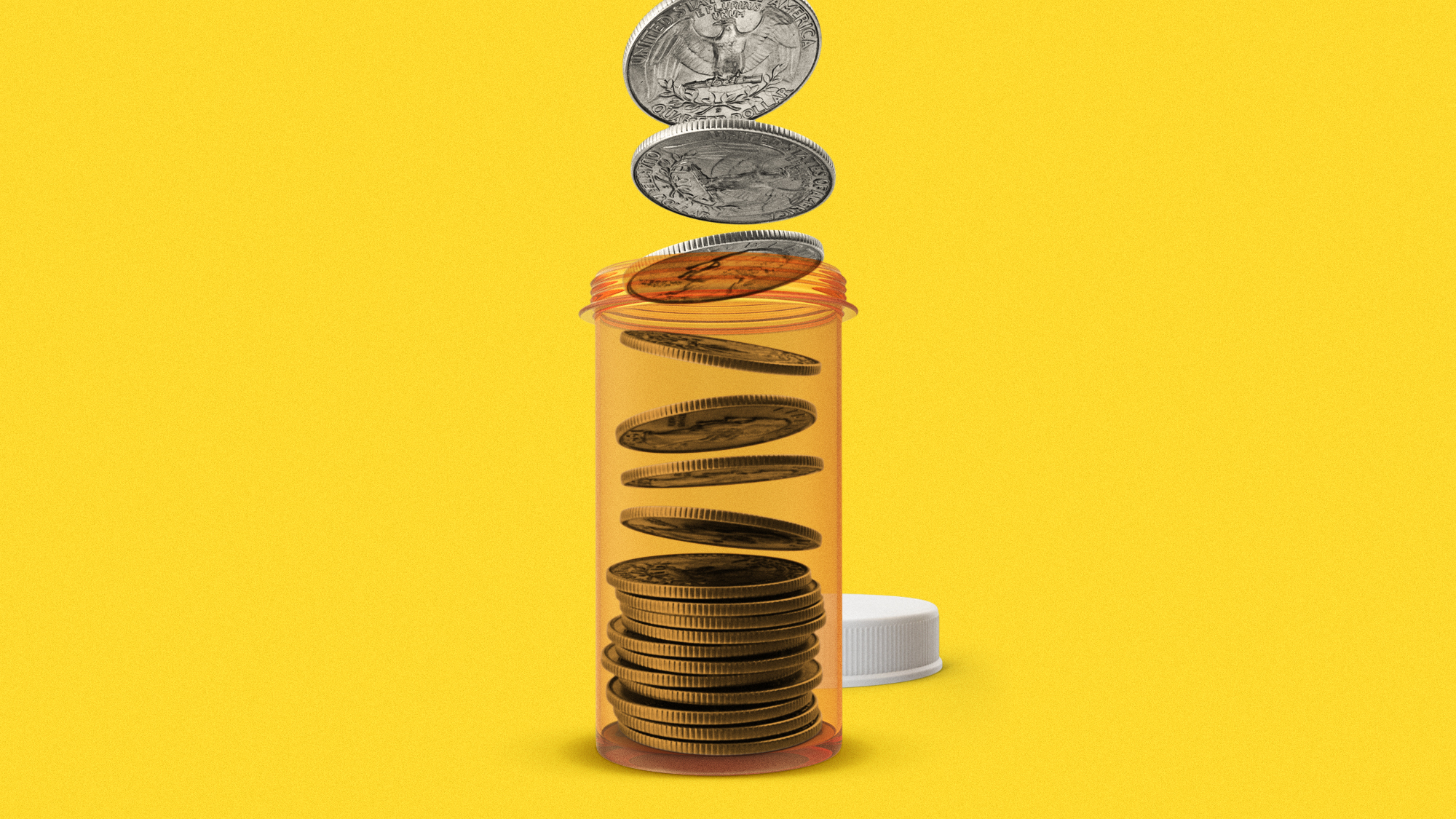 Can TrumpRx really lower drug prices?
Can TrumpRx really lower drug prices?Today’s Big Question Pfizer’s deal with Trump sent drugmaker stocks higher
-
 The UK’s opioid crisis: why the stats don’t add up
The UK’s opioid crisis: why the stats don’t add upThe Explainer A new report has revealed that the UK’s total of opioid-related deaths could be much greater than official figures show
-
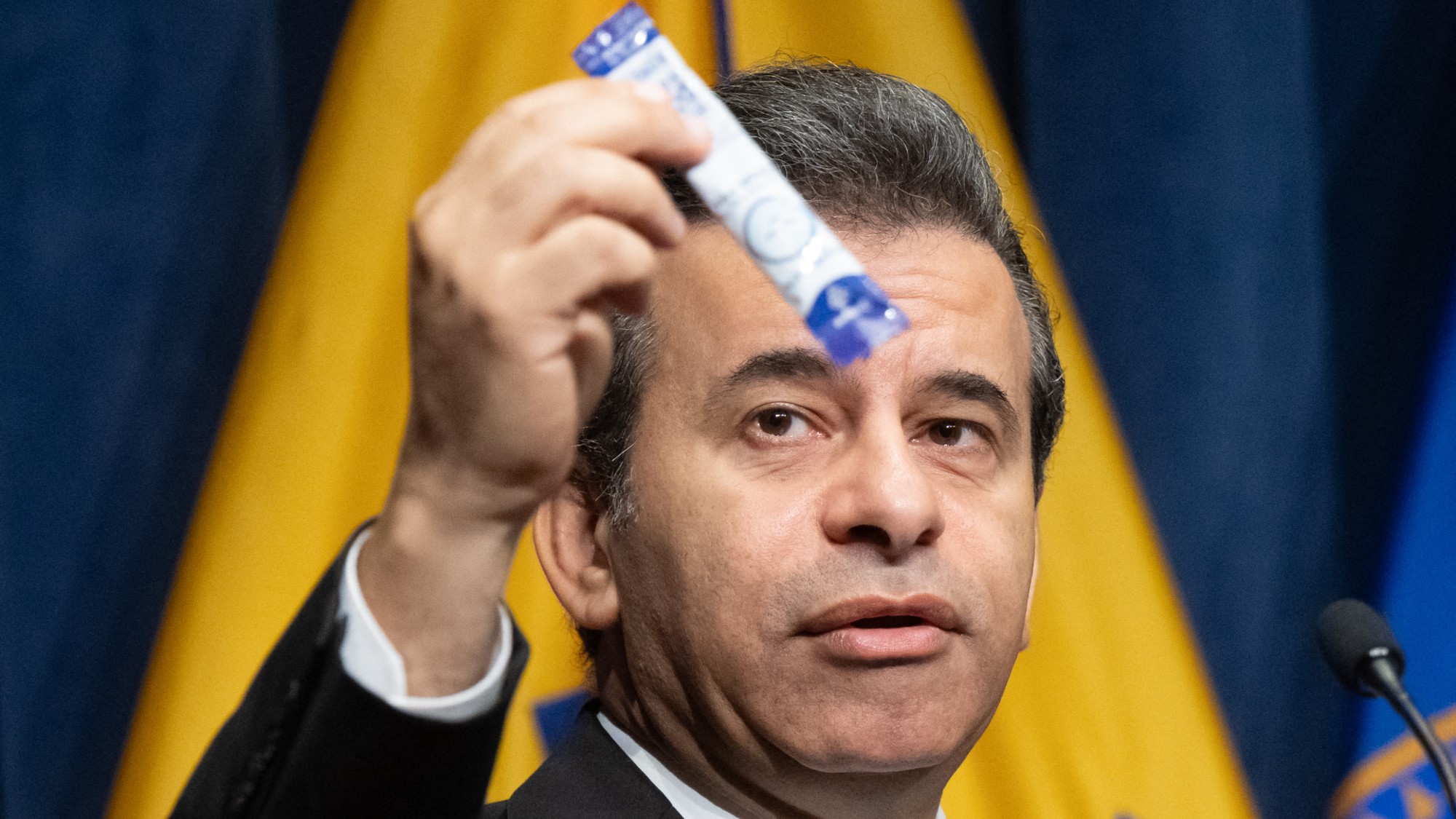 Why the FDA wants to restrict kratom-related products
Why the FDA wants to restrict kratom-related productsIn the Spotlight The compound is currently sold across the United States
-
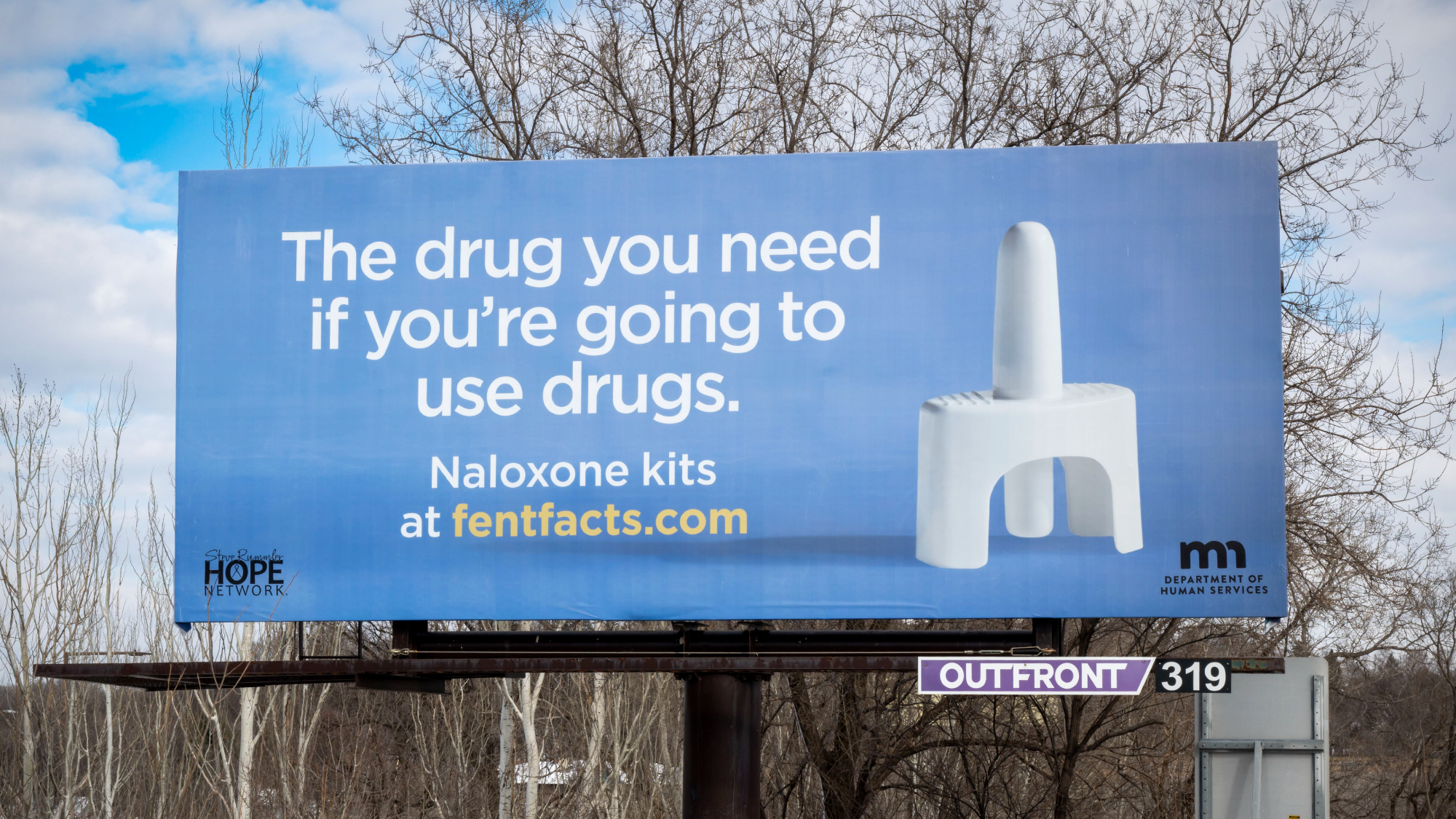 US overdose deaths plunged 27% last year
US overdose deaths plunged 27% last yearspeed read Drug overdose still 'remains the leading cause of death for Americans aged 18-44,' said the CDC
-
 Trump seeks to cut drug prices via executive order
Trump seeks to cut drug prices via executive orderspeed read The president's order tells pharmaceutical companies to lower prescription drug prices, but it will likely be thrown out by the courts
-
 FDA approves painkiller said to thwart addiction
FDA approves painkiller said to thwart addictionSpeed Read Suzetrigine, being sold as Journavx, is the first new pharmaceutical pain treatment approved by the FDA in 20 years